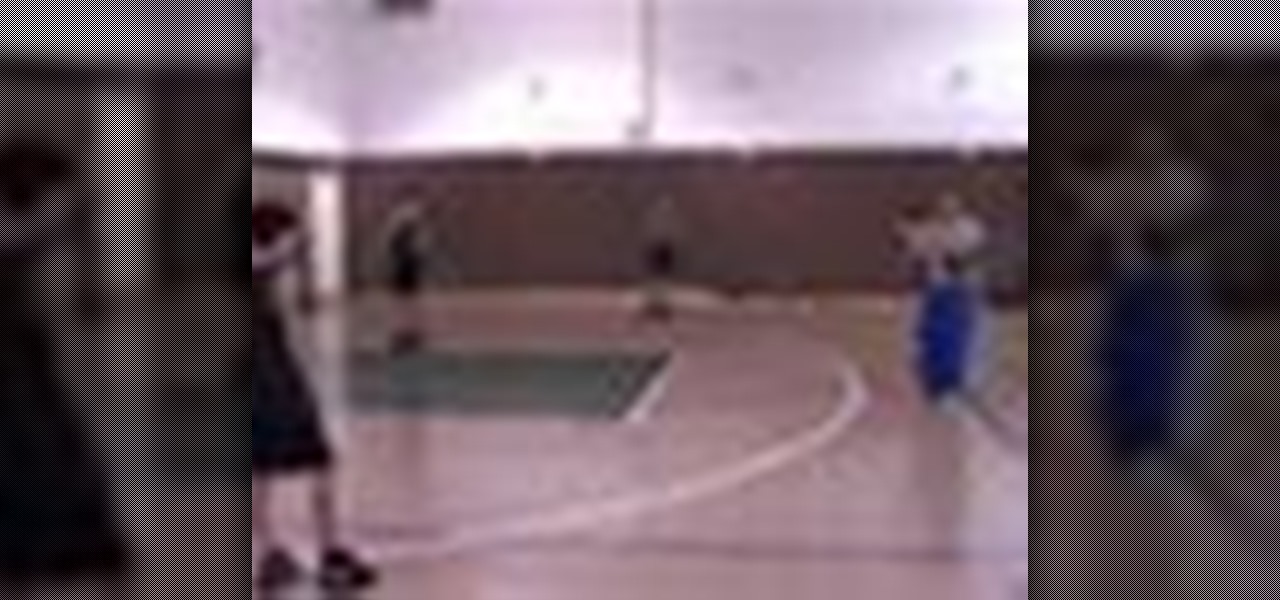
How To: Run motion offense in youth basketball
Get all the players open for a shot. Learn how to play the motion offense in youth basketball in this free basketball lesson video from an experienced coach.


Get all the players open for a shot. Learn how to play the motion offense in youth basketball in this free basketball lesson video from an experienced coach.
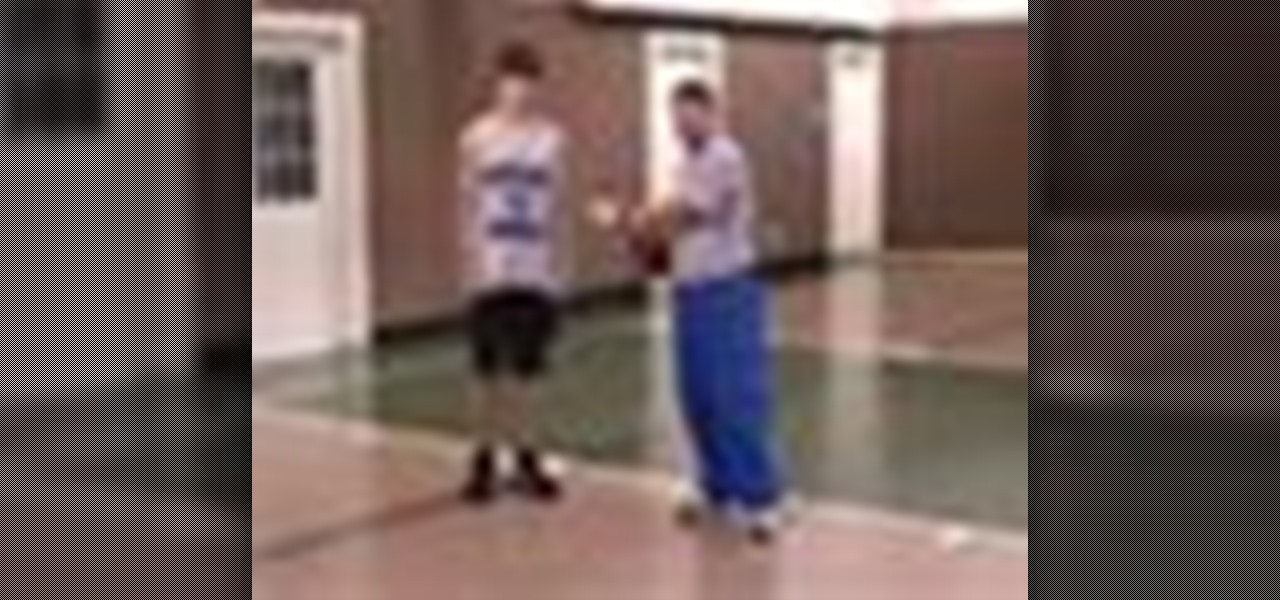
Versatile players with power moves under the basket as well as outside shots. Learn how to play forward and low post in this free basketball lesson video from an experienced coach.
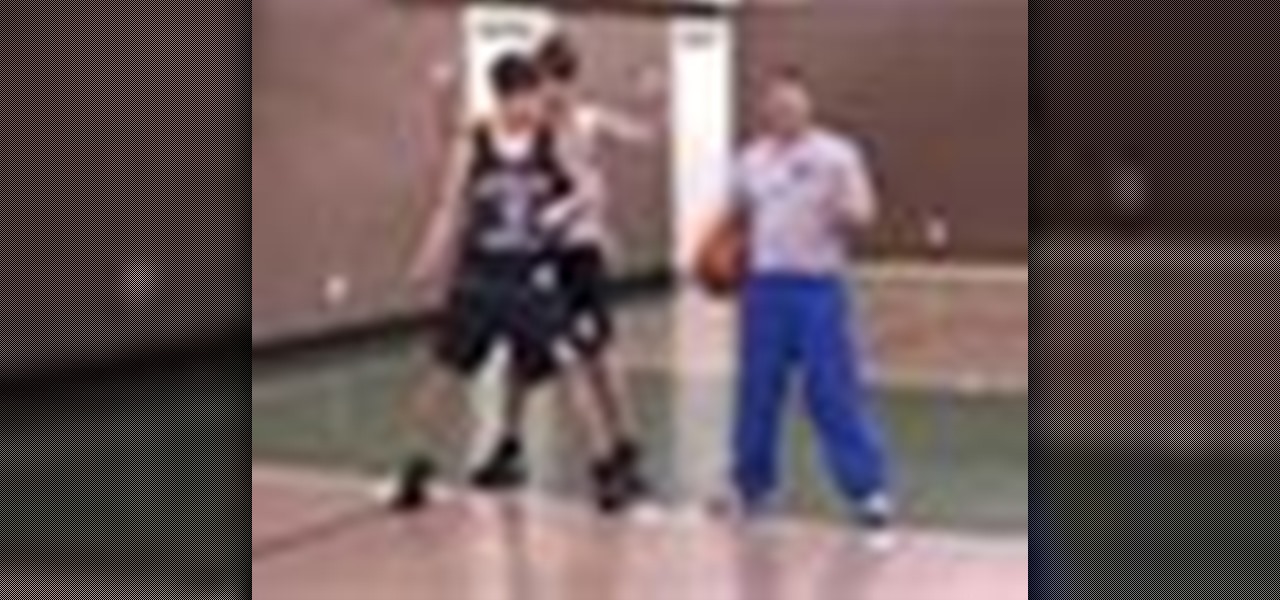
The big man under the basket. Learn how to play center and low post in this free basketball lesson video from an experienced coach.
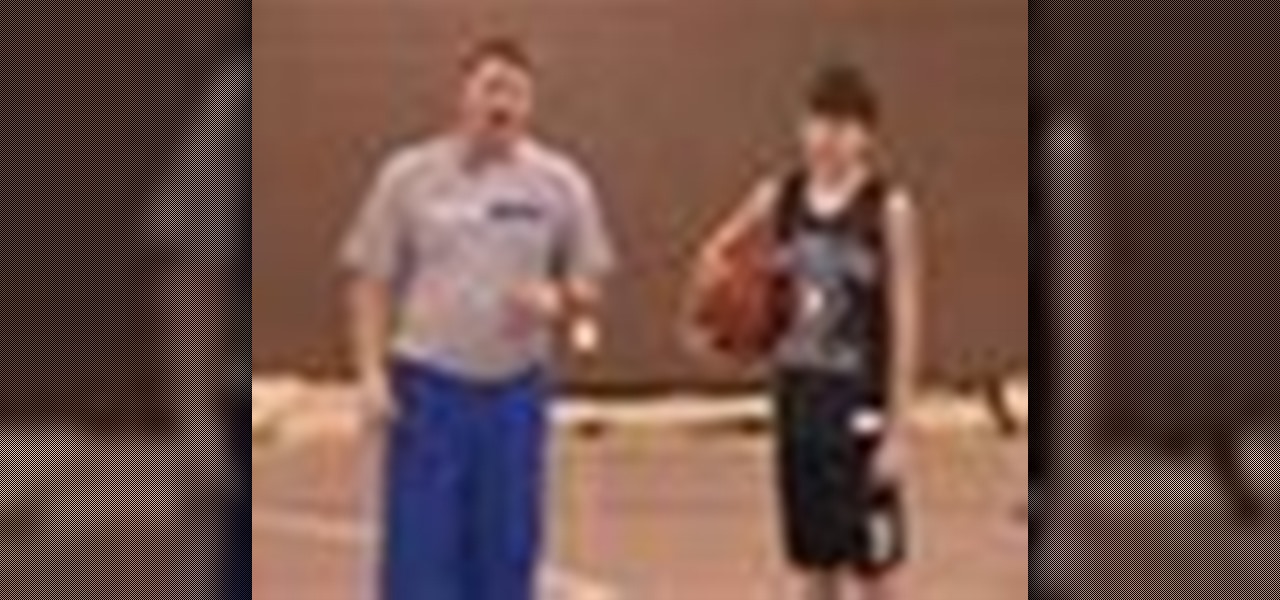
You are responsible for running your basketball team. Learn how to play point guard in this free basketball lesson video from an experienced coach.
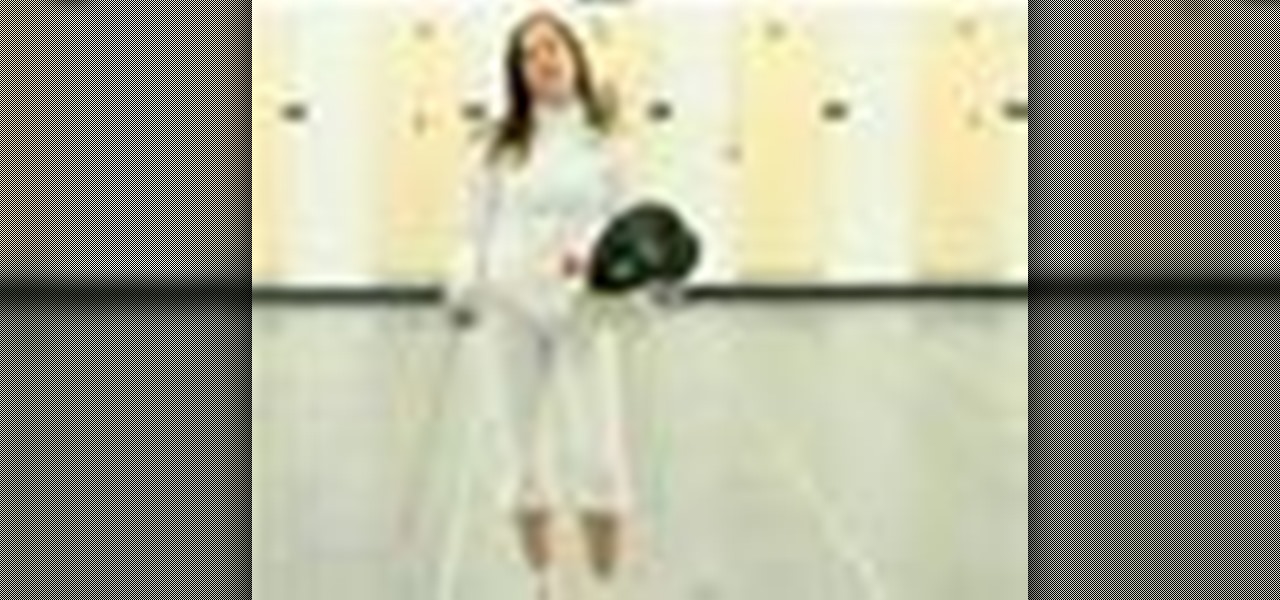
Foil Fencing tutorials. Learn about basic attacks and advances, safety, gear, riposte, and counterattacks in this free video on foil fencing moves and techniques.
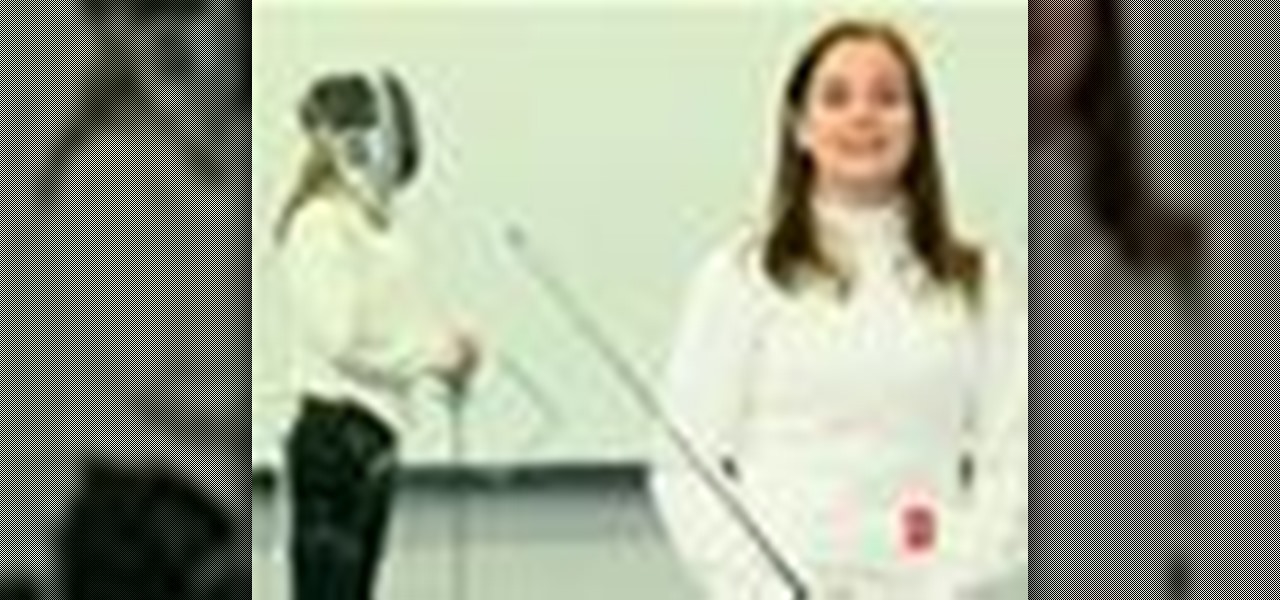
Parry like a Renaissance fencer; learn defense tips for fencing, including riposte, parry, upward and downward binds, reassemblement, and more in this free video on foil fencing defense.
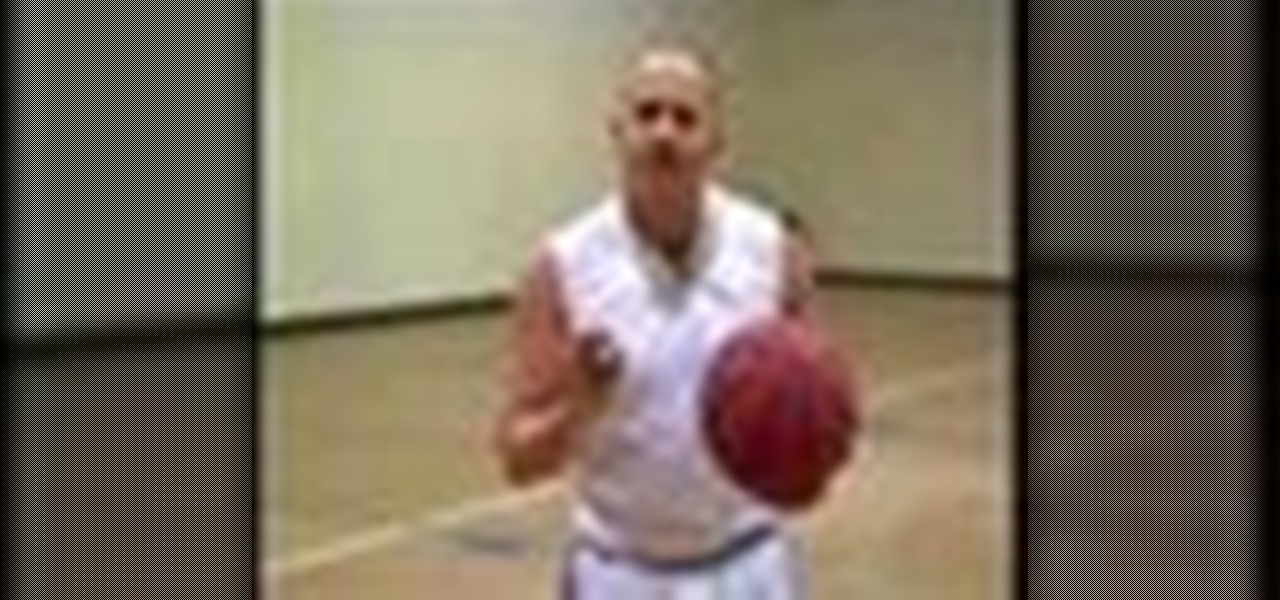
Learn how to play basketball better including how to dribble between the legs, behind the back, how to make a reverse lay-up, and more with expert basketball tips in this free online sports instruction video series.

Learn how to lunge, parry, riposte, maneuver, and all about advanced sabre fencing in sabre fencing with expert fencing tips in this free video series on advanced sabre fencing.
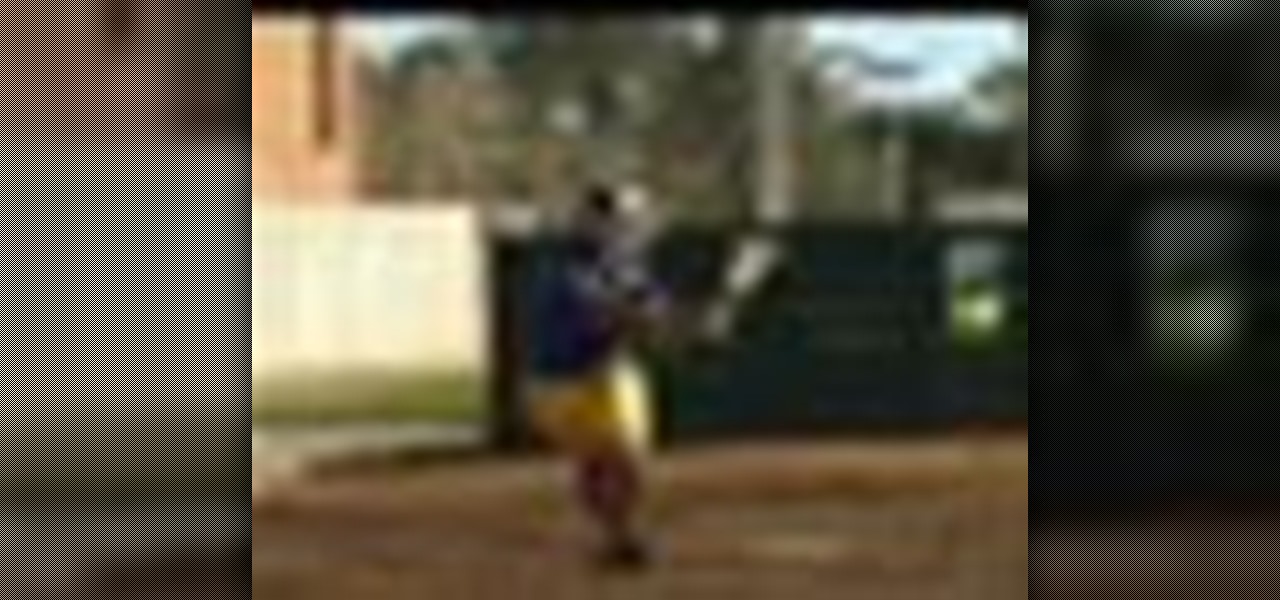
Learn the basics of softball including how to slap hit, leaf off a base, slide into a base, pick runners off first and third bases, and more with expert softball tips in this free sports instruction video series.

Want to be a cheerleader? Learn how to do cheerleading moves and stunts in this free video series about doing handsprings, cartwheels, round offs, and more!
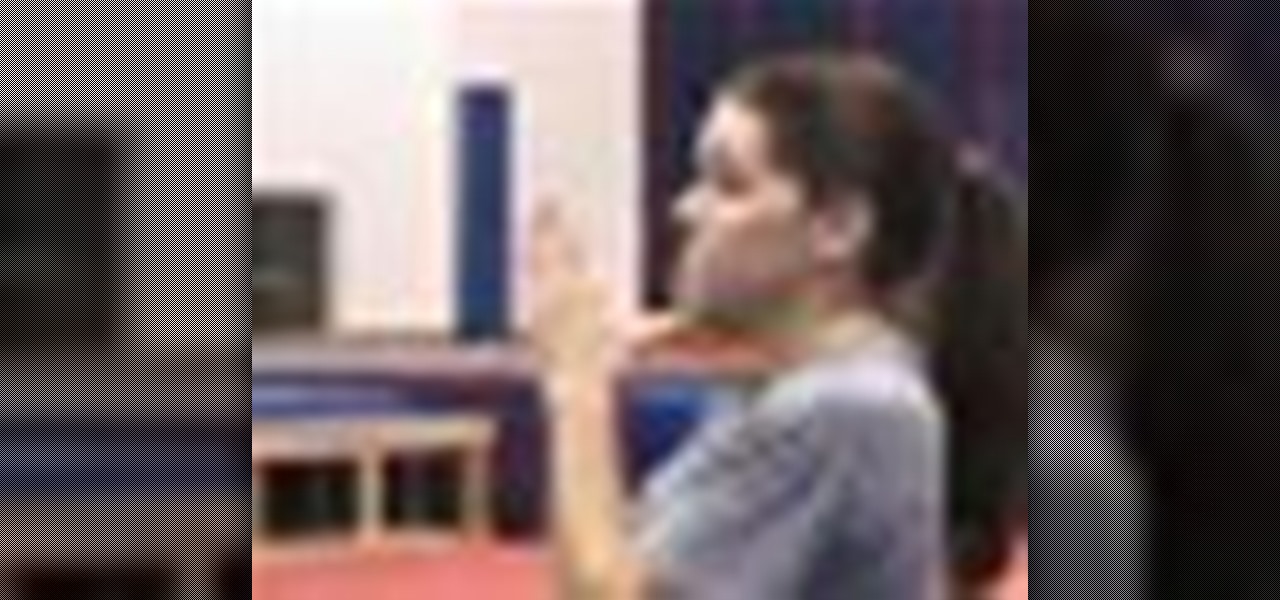
Learn how to do cheerleading stunts and routines in this free video series from a national cheer leading champion.
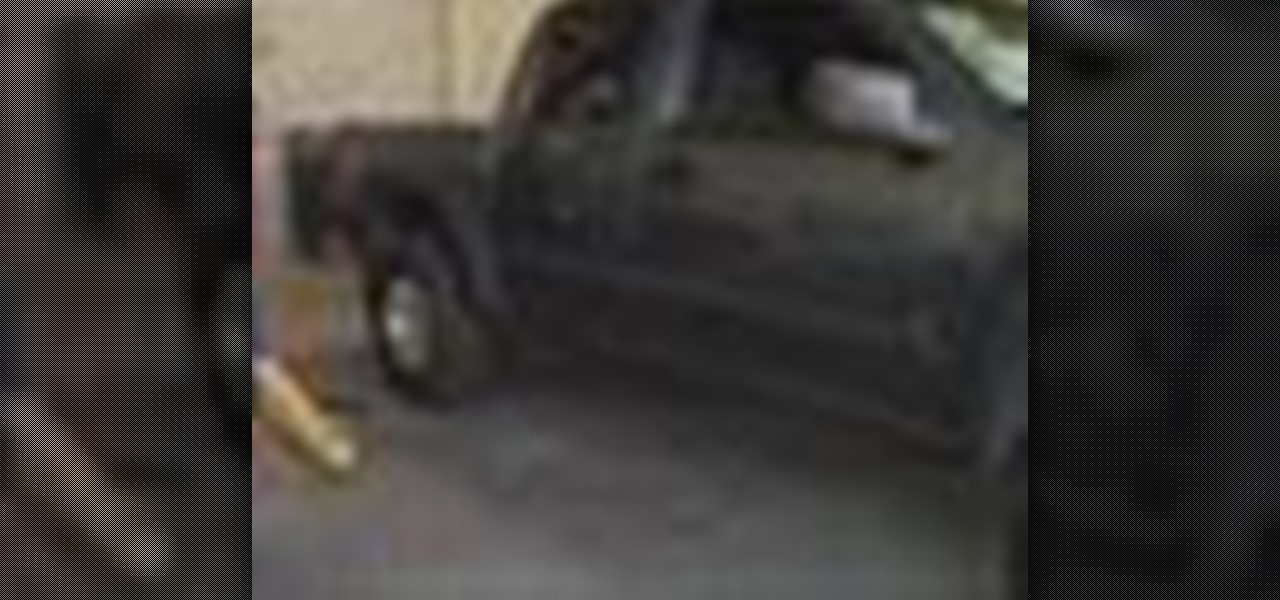
Truck lift kits add extra clearance for off-roading or showing a truck. Learn to install a lift kit on a Chevy 4X4 truck in this free lift kit installation video series featuring a lift kit installation professional.
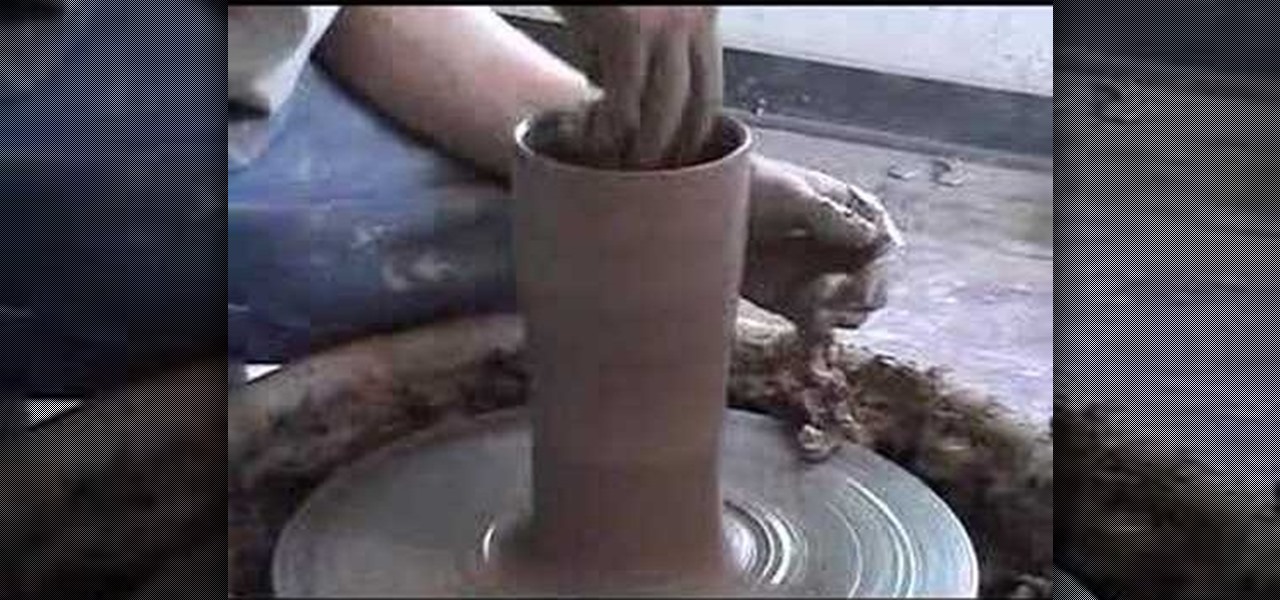
Watch this instructional ceramics video to learn how to throw and shape with two ribs at the same time. Learn some basic tips of coning on a pottery wheel by squeezing slowly all the way up. It's another process in the wedging department that compresses the clay. Once you get the rhythm of the pottery wheel, give it a try and soon you'll be producing your own ceramics.
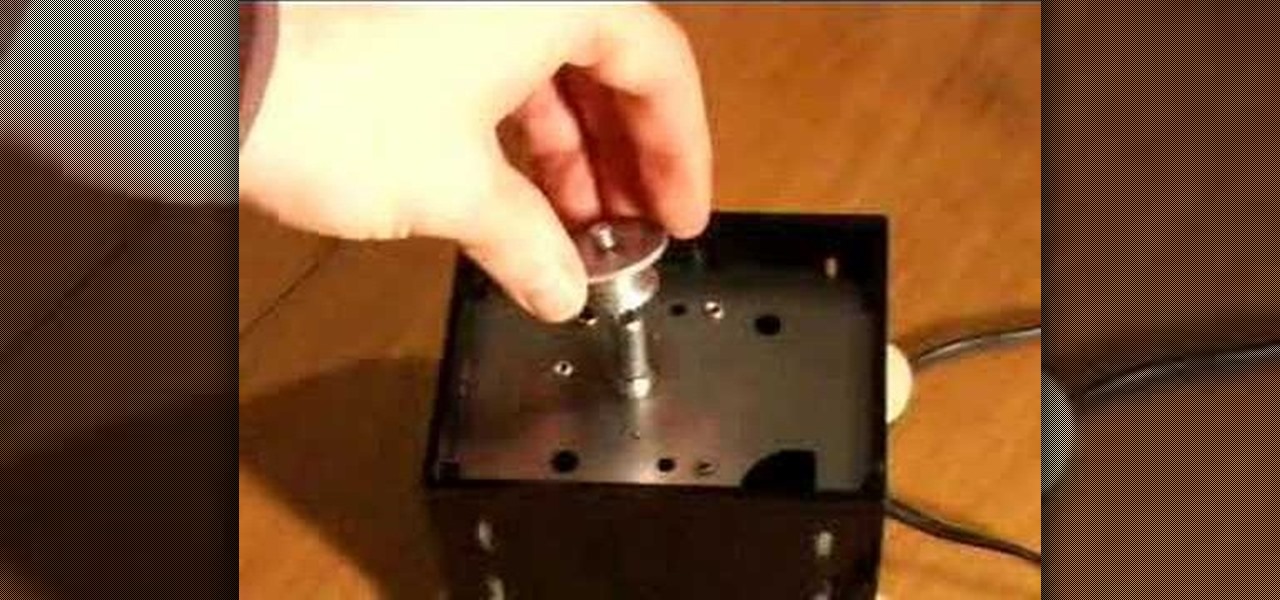
Watch this instructional cinematography video to learn a cheap and easy method of creating your own time-lapse footage with a motor controlled hacked clock. This is an excellent way to generate fast forward effects in film (think of the famous scene in Garden State). This is a great effect for filmmakers on a budget to simulate.
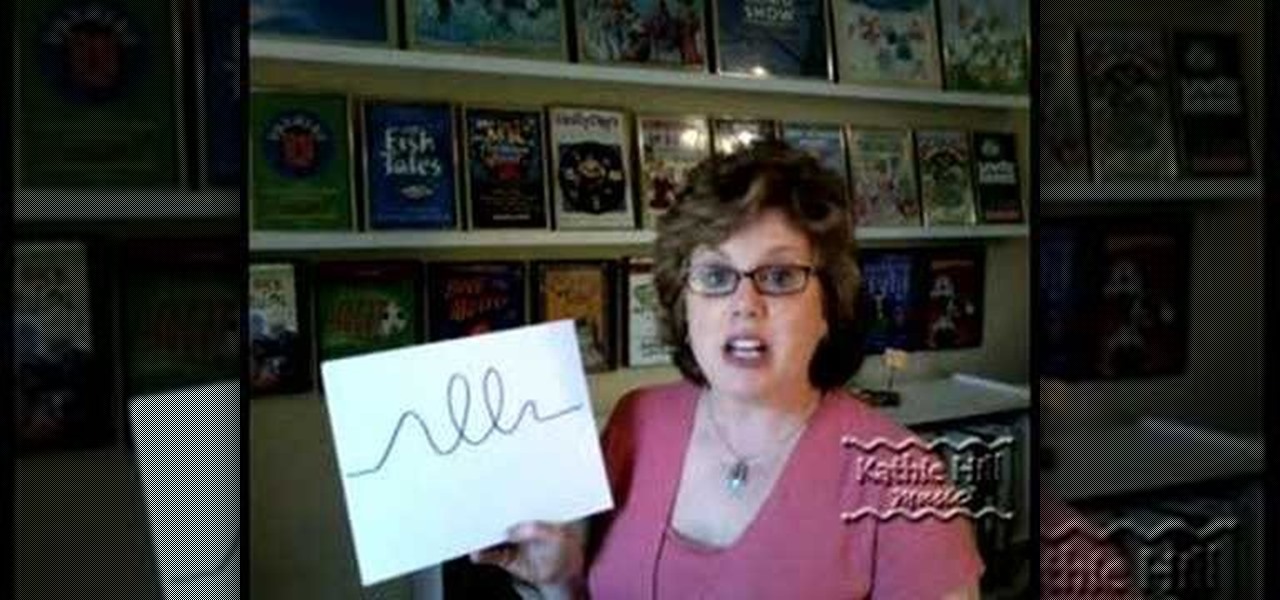
In this how to video, Kathie talks about using the diaphragm and shows some tools she's used to help kids with vocal exploration. These are great tips to utilize if you are teaching a music class or a children's choir. You'll be able to teach kids to sing in no time at all with this tutorial.
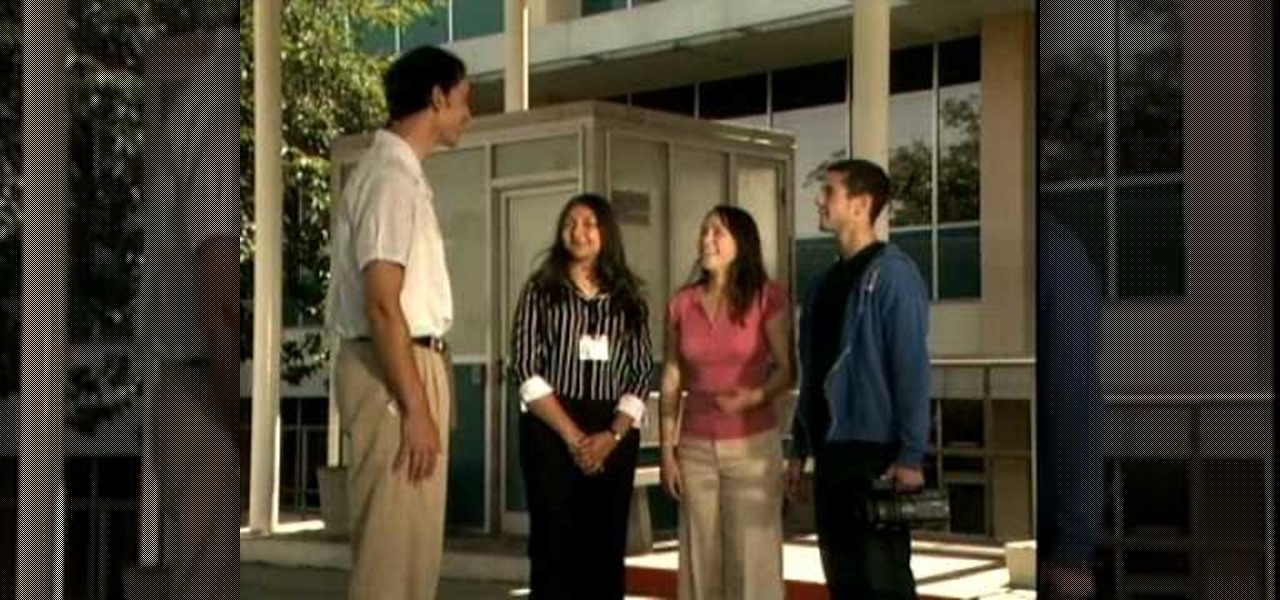
The California Department of Motor Vehicles (DMV) created this "Rules of the Road" video series specifically to help remind drivers about the requirements and responsibilities of being a safe driver. A CA DMV examiner explains rules of the road including: lane markings, road signs, speed limits, intersection rules, lane changes, turns, rights-of-way, parking, passing and much more.
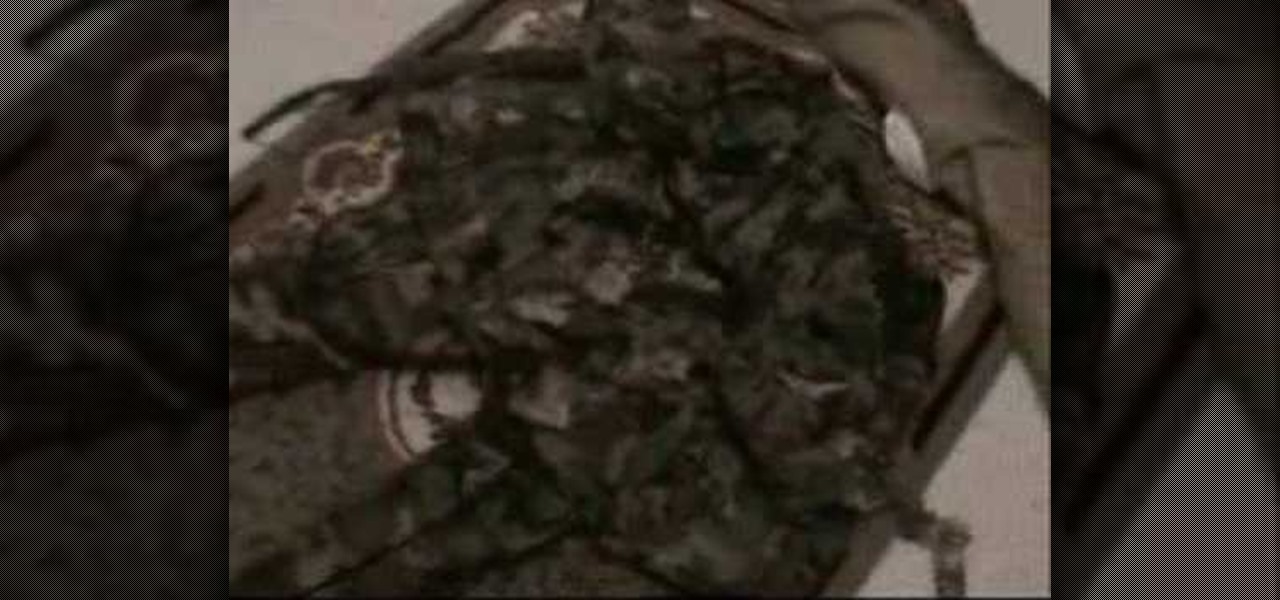
Watch this video tutorial to see how to make a ghillie suit, cheap and easy. But wait, what's a ghillie suit? A ghillie suit, or yowie suit, is a type of camouflage clothing designed to resemble heavy foliage. It's 3D camouflage, primarily used by military snipers and hunters, or to hide from terrorists. These camo ghillie suits include burlap and natural vegetation. Pull tall grass out, break down trees, hide yourself. Grab the burlap for less time consuming ghillie suit construction.
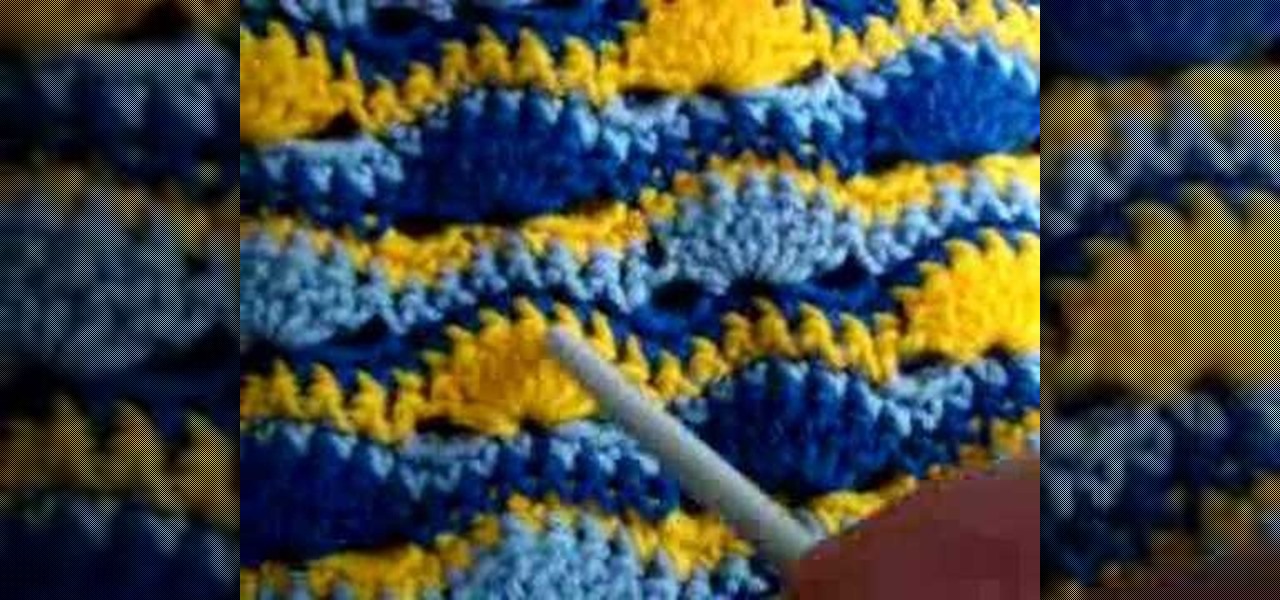
Lets create a blanket from scratch using only the wavy shell stitch. This crochet how-to video is an example of how to crochet a blanket out of the wavy shell stitch only using three colors. Go as large as you need to and as big as you want with the crocheted blanket. The colors and size is up to you so get creative and start crocheting.
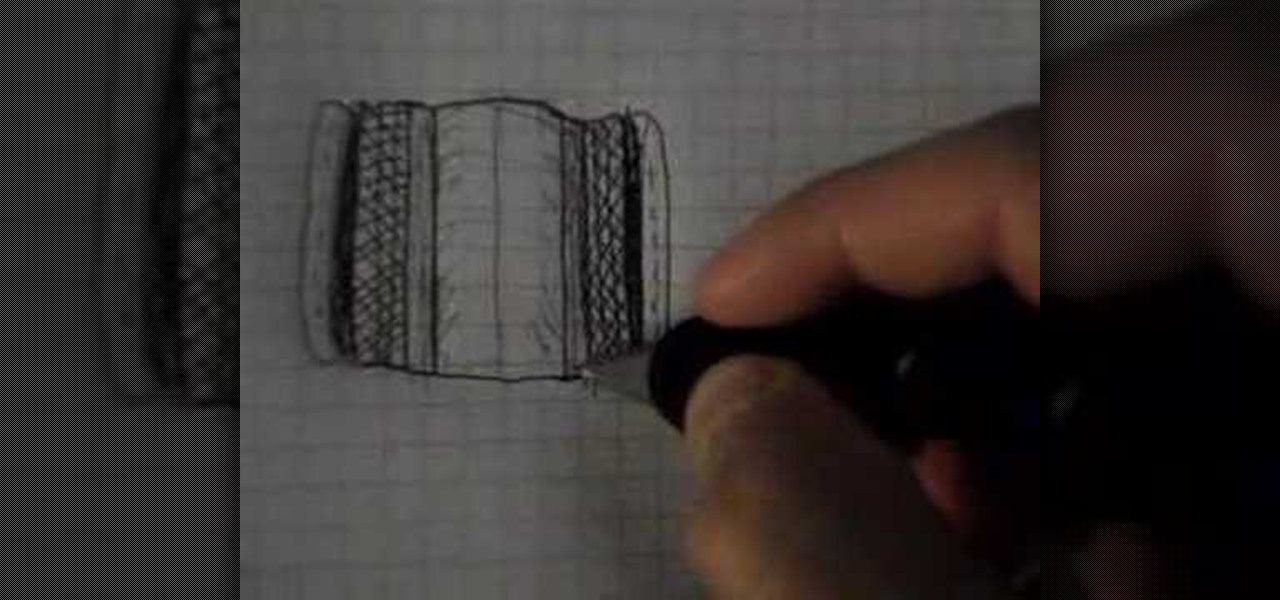
If you just got done watching the video tutorials on the "human skeleton structure," then this is your next step. Check out this educational science video series on the neuroanatomy of the human body.

Want to know all you can about the human body and its skeleton? Well, this science video tutorial series about human anatomy is all you'll need. Education is just a click away.

Do you want to learn how to build cabinets? Watch this five-part video tutorial for the basics of cabinet making using wood. Part one demonstrates the basics of making cabinet boxes from sheet goods while part two goes over how to cut the deck and stretchers for European-style frame less cabinets. Part three shows all the tools and some of the techniques you can use to apply edge banding. Finally, parts four and five demonstrates how to assemble to the cabinet carcass.

Are you interested in origami? Watch this two-part video tutorial to learn how to origami fold a traditional Japanese iris with a little twist. The first part demonstrates how to make the flower origami while the second part shows how the stem is made.
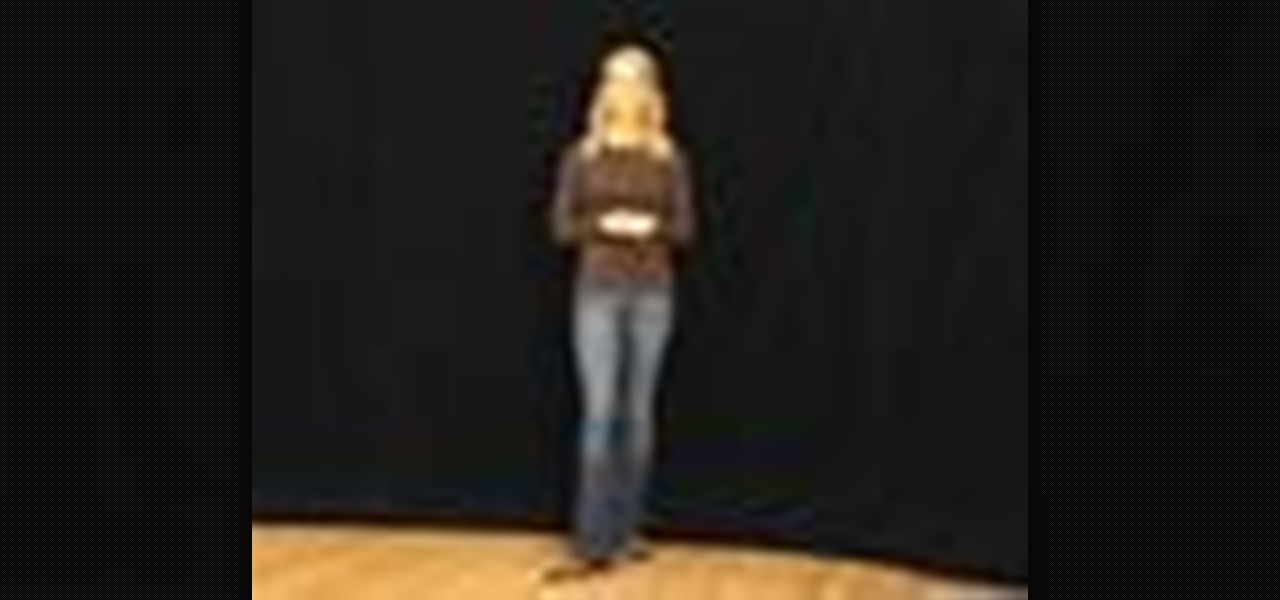
In this video series, watch as line dancing expert Dawn Williams teaches how to line dance. Learn the various steps, how to move to the different counts, how to do tricks while line dancing, how to do the tub thump, and how to put it all together.

This is a three-part 3ds max video tutorial that takes a look at using reference photos for creating a head texture. If you have photographs that can work, there really isn't any reason not to use them since they can often provide plenty of subtle details that would be very time consuming to add otherwise.
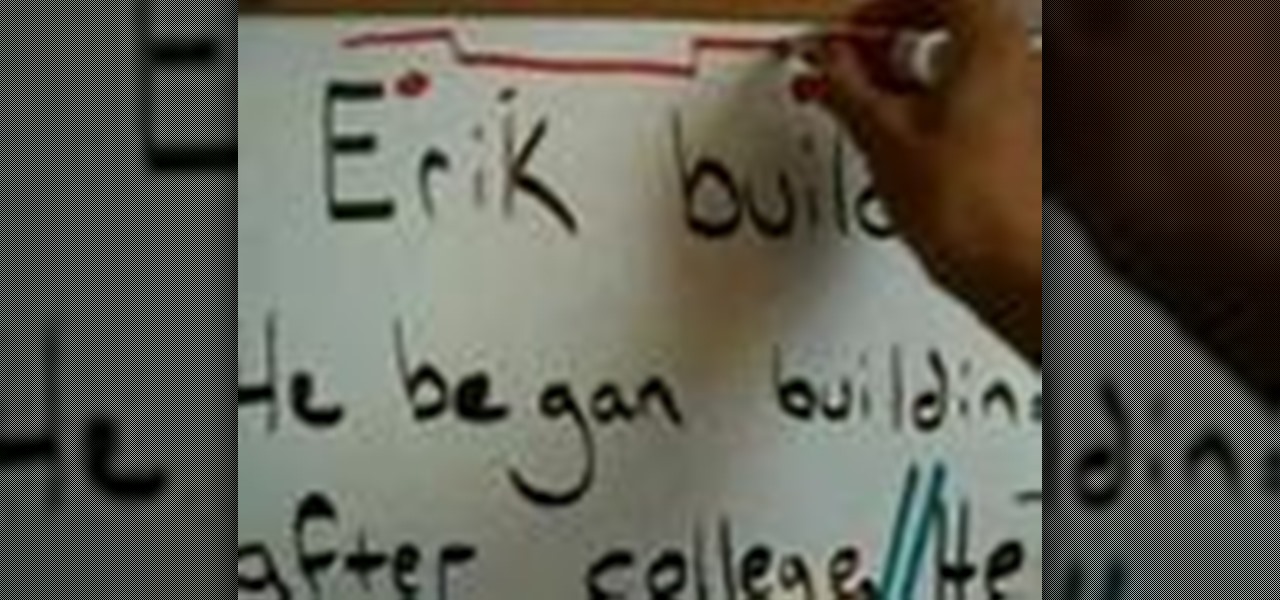
Learn how to speak English with falling and rising intonation or cadence. This is a lesson in four parts.
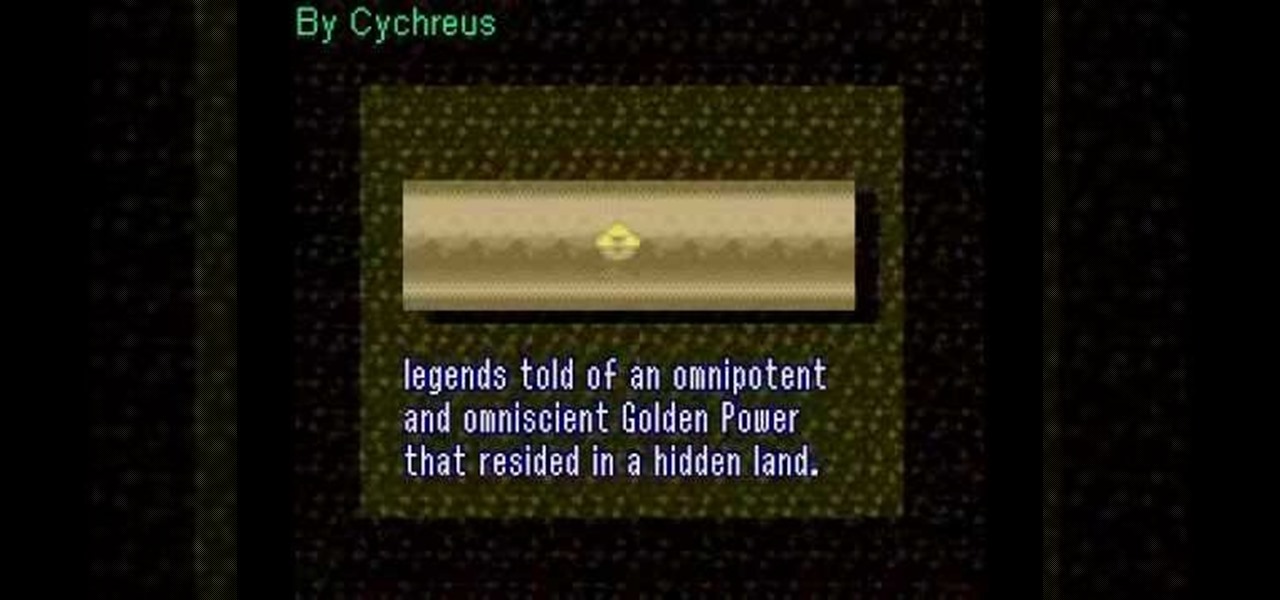
This video guide shows you how to completely beat The Legend of Zelda: A Link to the Past for the Super Nintendo Entertainment System (SNES).
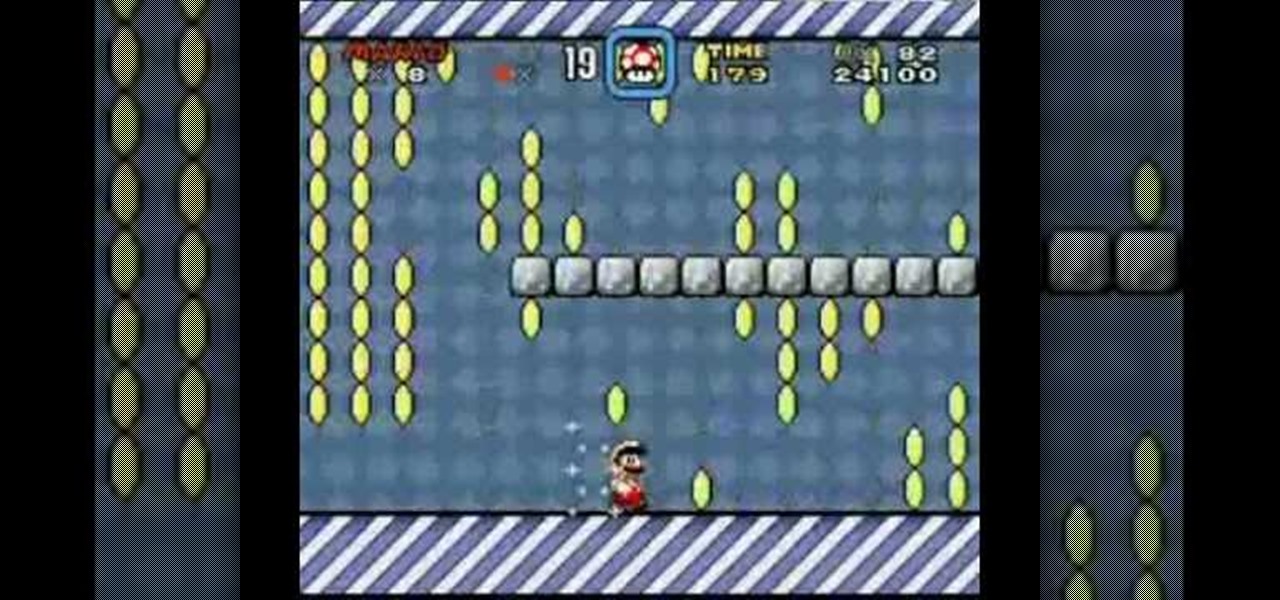
Heres a sequence of videos that shows you how to beat every level of Super Mario World for the Super Nintendo Entertainment System. It even shows you how to beat every door on the last level, and how to cross the lava pit on one of the last levels.
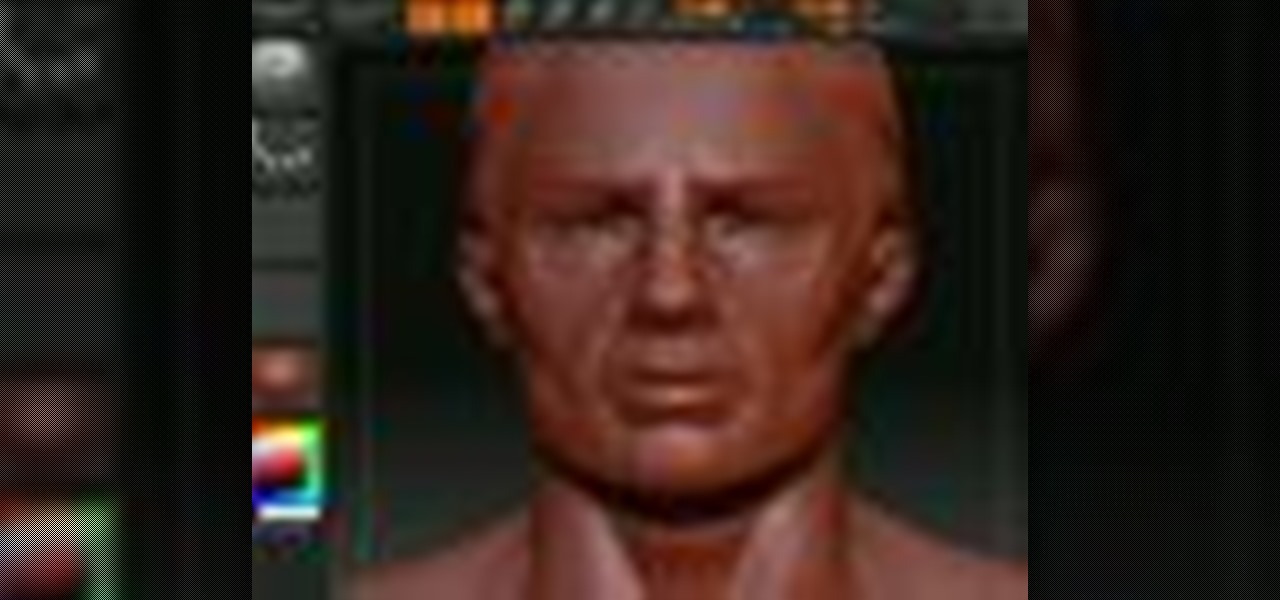
This tutorial shows you how to subscatter particles (SSS) across the surface of a mesh using Zbrush and Maya then rendering with Mental Ray. In part one uvs are added to the Zbrush head to support the textures on the sss node. Part two shows you the basic node setup in Maya. Part 3 covers painting and applying diffuse maps in Zbrush to Maya, part 4 covers painting and applying the the front sss color map, part 5 covers the mid sss color map, part 6 applies the bump map to the sss node and par...

If your having trouble with Square Enix's Final Fantasy X (FFX) these videos are for you. These videos show you how to complete the game on the PS2.
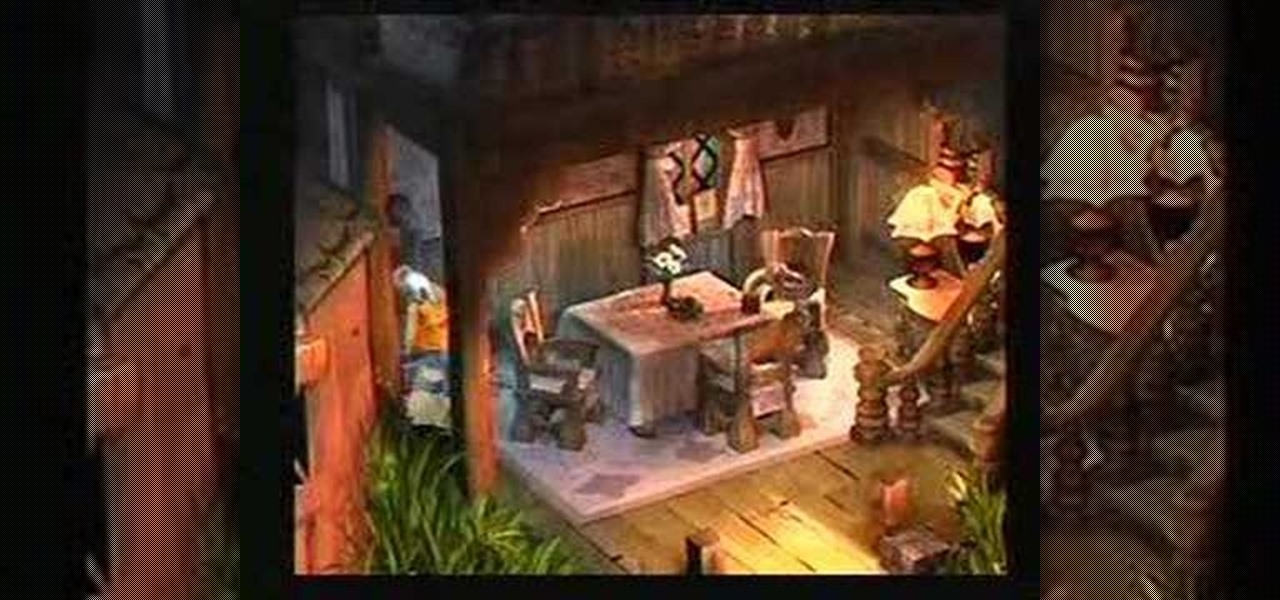
Here is a sequence of videos that walk you through how to beat the popular PS game Final Fantasy 9, part of the Final Fantasy Series, for the original Playstation.

This sequence of videos provides a tutorial on how to set up basic studio lighting in many settings. With these photography techniques, you will be able to create a variety of wonderful portraits with various lighting techniques.

In this four part video lesson, we learn how to write an argument essay together following IELTS guidelines.
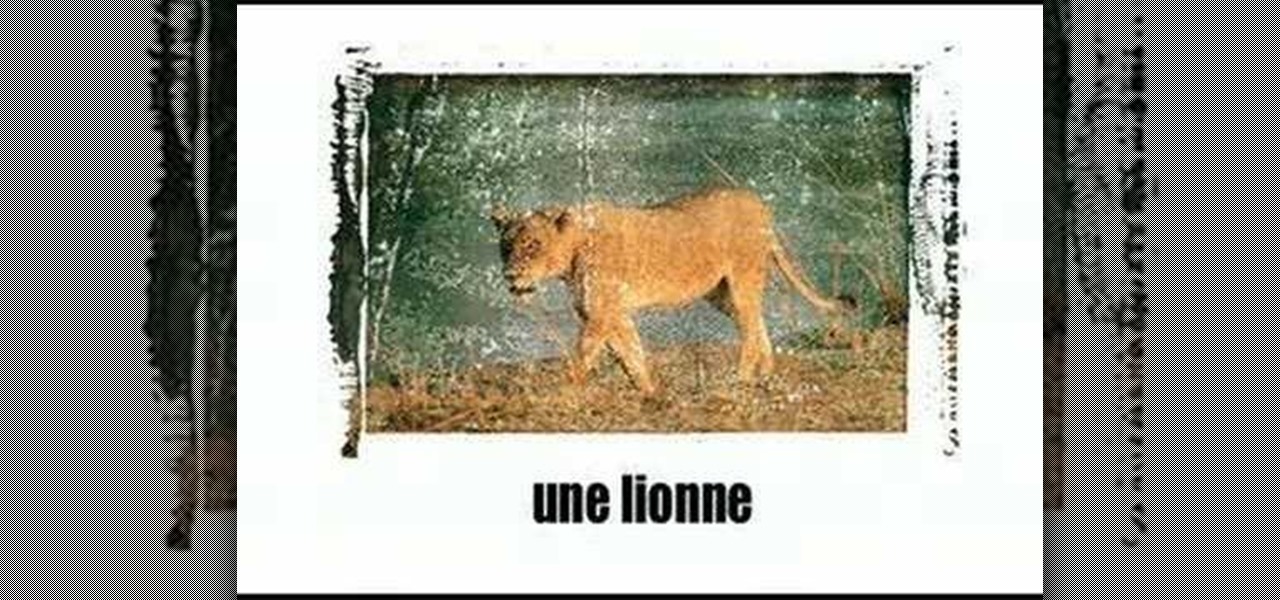
Learn the names of many different animals in French. Part 1 of 9 - How to Say the names of animals in French.
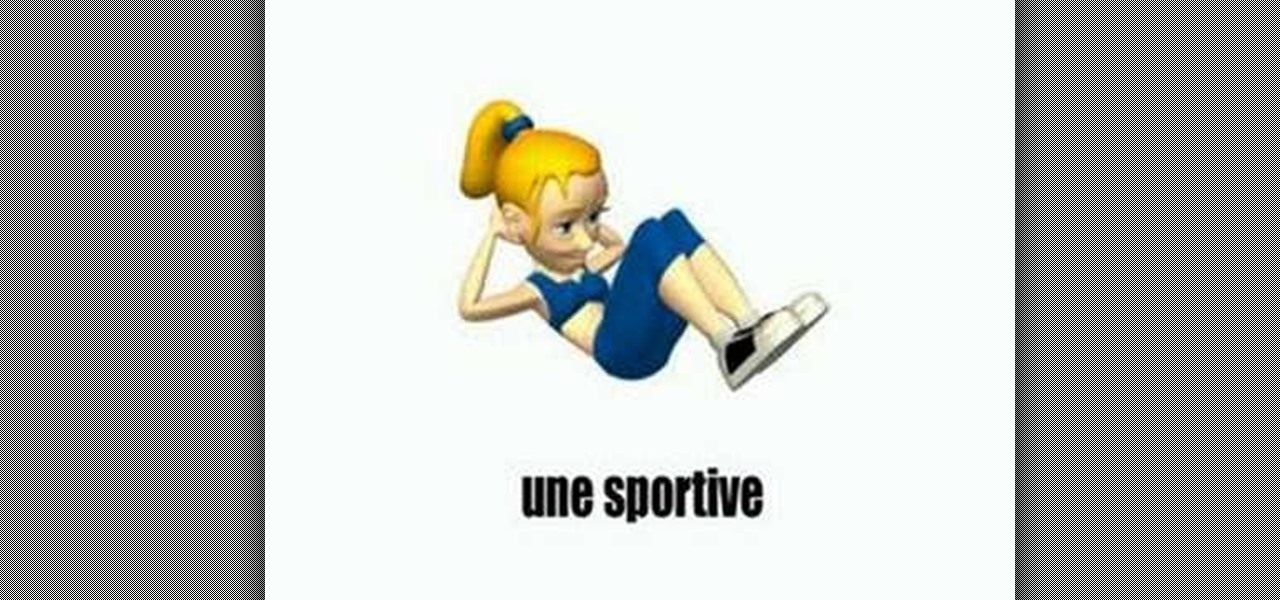
Learn the French words for different professions. Part 1 of 20 - How to Describe professions in French.
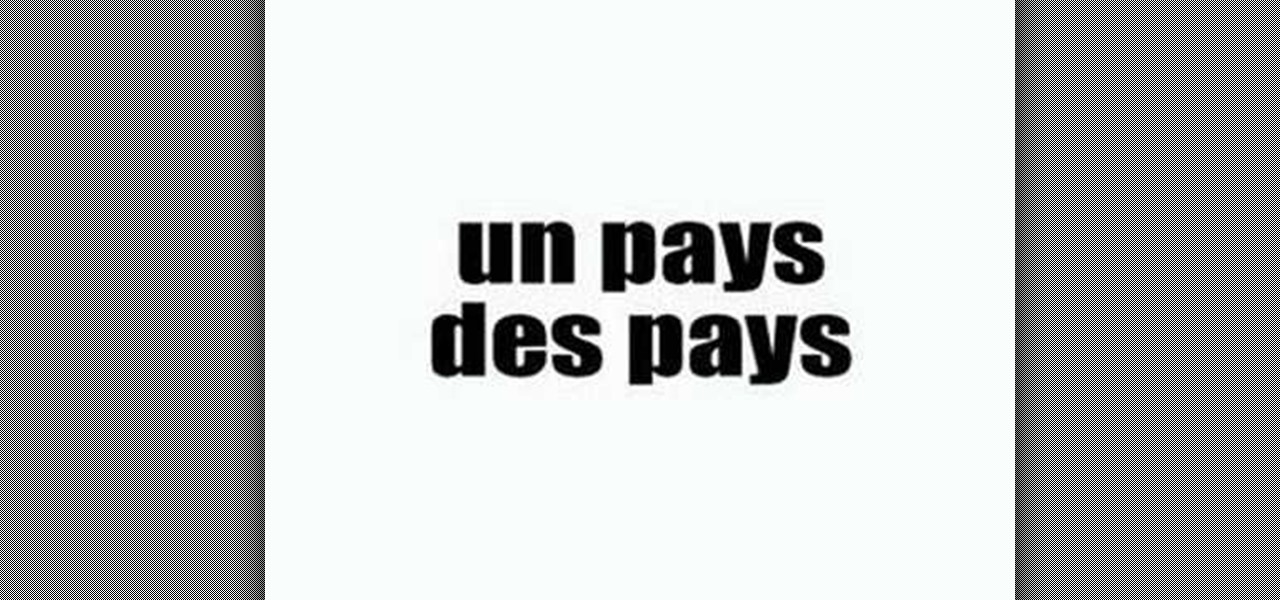
Learn how to make singular French nouns into the plural by adding certain endings based on the root word, including "s," "eux," and "oux."

Learn how to make masculine French nouns and adjectives feminine by adding certain endings. Part 1 of 8 - How to Make French nouns and adjectives feminine.
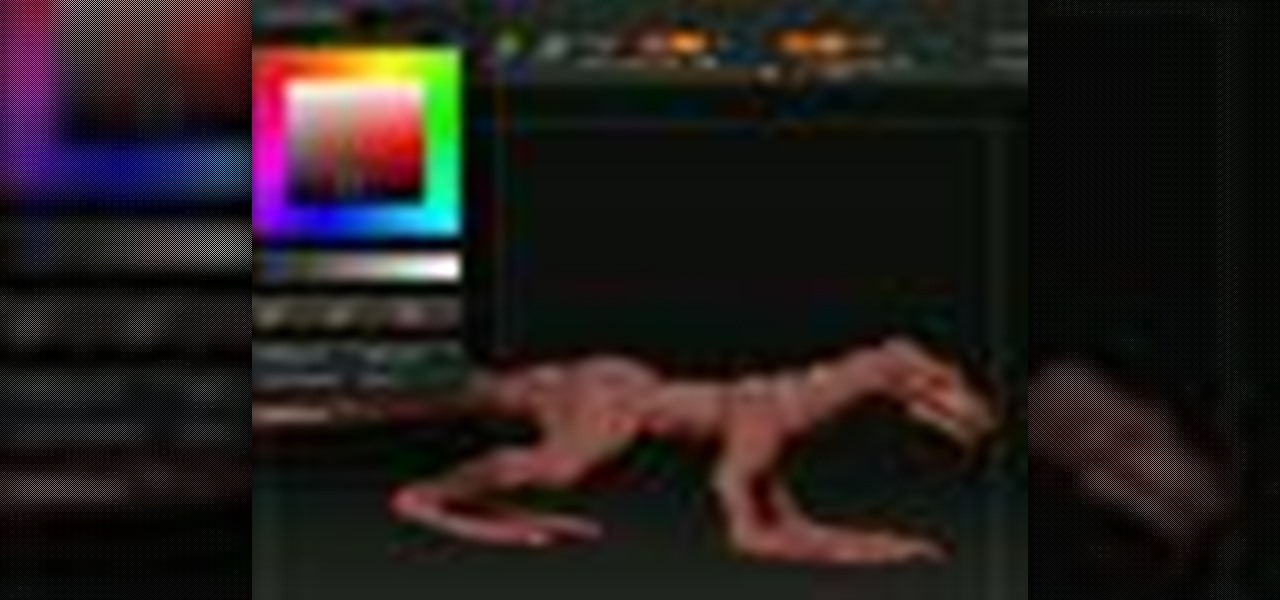
This four part tutorial is Lesson 11 in the Zbrush series from Jason Welsh. It explains almost everything you need to know to texture a 3D creature in Zbrush. Part one teaches you how to produce a color map, part two goes over 32 bit normal maps and Displacement maps, part three covers 16 bit displacement and normal maps, and the last section covers spectral maps.
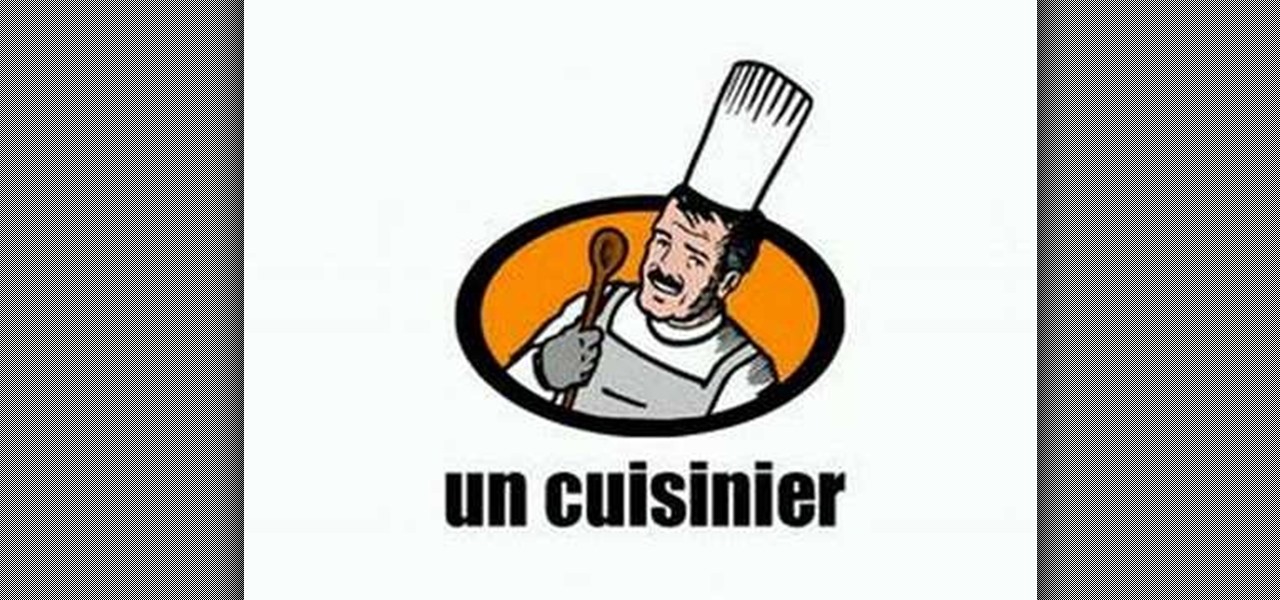
Learn the names of professions in French in this three part video series. Part 1 of 4 - How to Say the names of professions in French.

Learn how to say the names of different animals in French with this video series Part 1 of 8 - How to Say the names of animals in French.
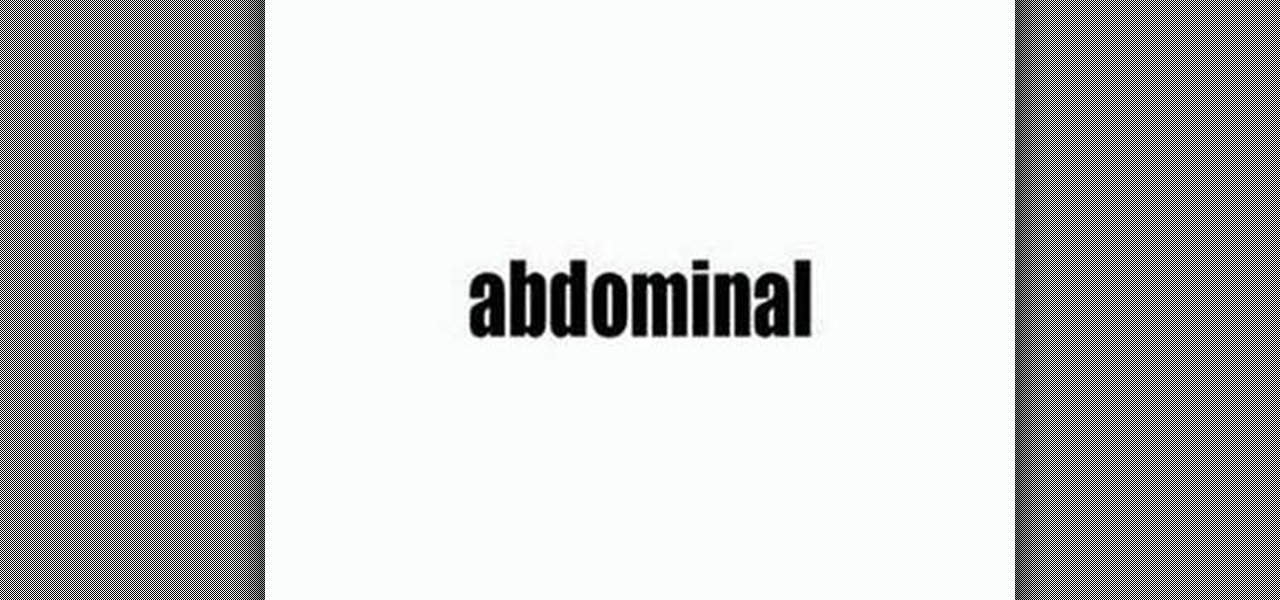
Some French words look the same and have the same meaning in English but they are pronounced differently. This video series teaches you how to pronounce these words.